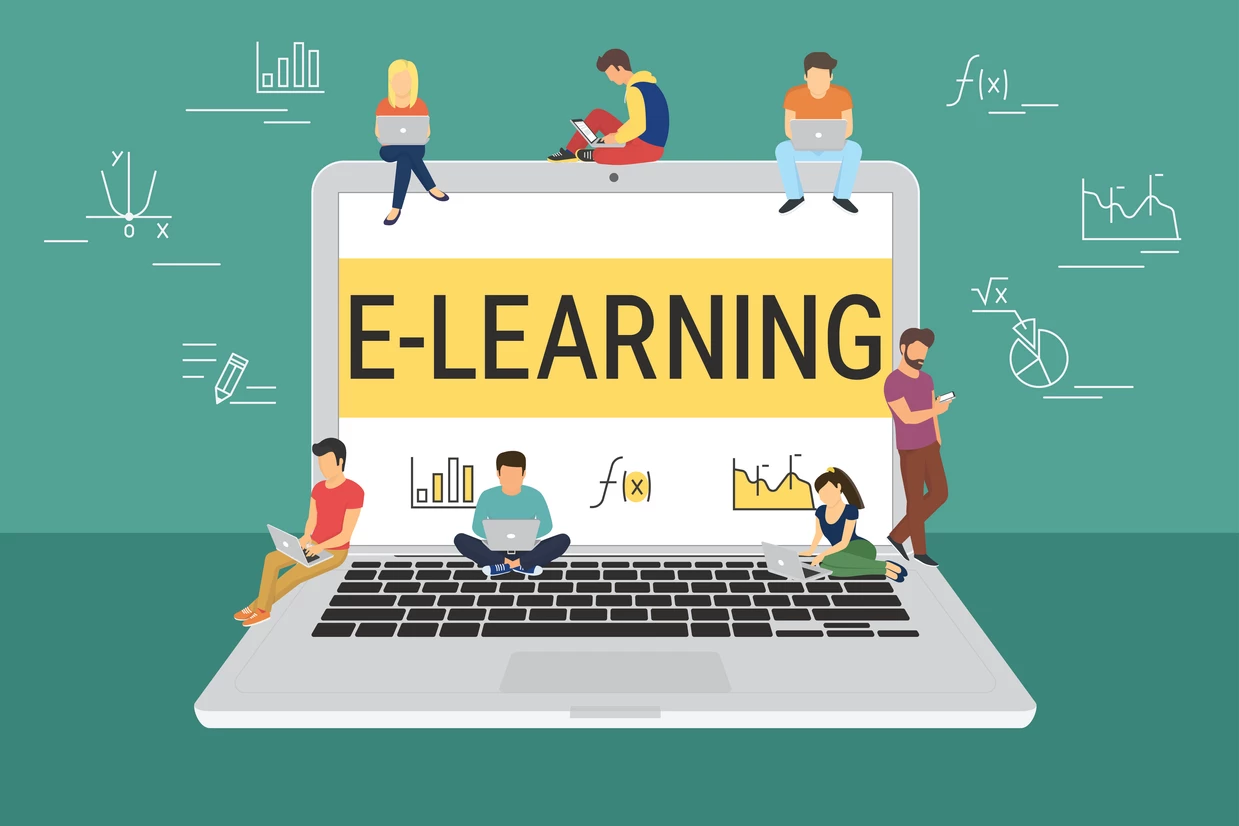From the Classroom to Zoom
These uncertain times have dictated school closings and the rapid expansion of online education. But the question arises – can online lessons replace the ‘in-school’ time?
E-learning provides tons of opportunities for students. Students, in a school that doesn’t offer a particular course, may be able to learn new skills with virtual lessons. If one fails to attend a lecture at a given circumstance, they are able to catch up later using online classes, and not disrupt their trajectory at school. The availability of online study material is yet another reason why the online set up is proving to be useful.
Only a little research has assessed the negative effects of online lessons for university students. Students assigned to the online option rated their class as more difficult than did their peers assigned to the face-to-face option.


